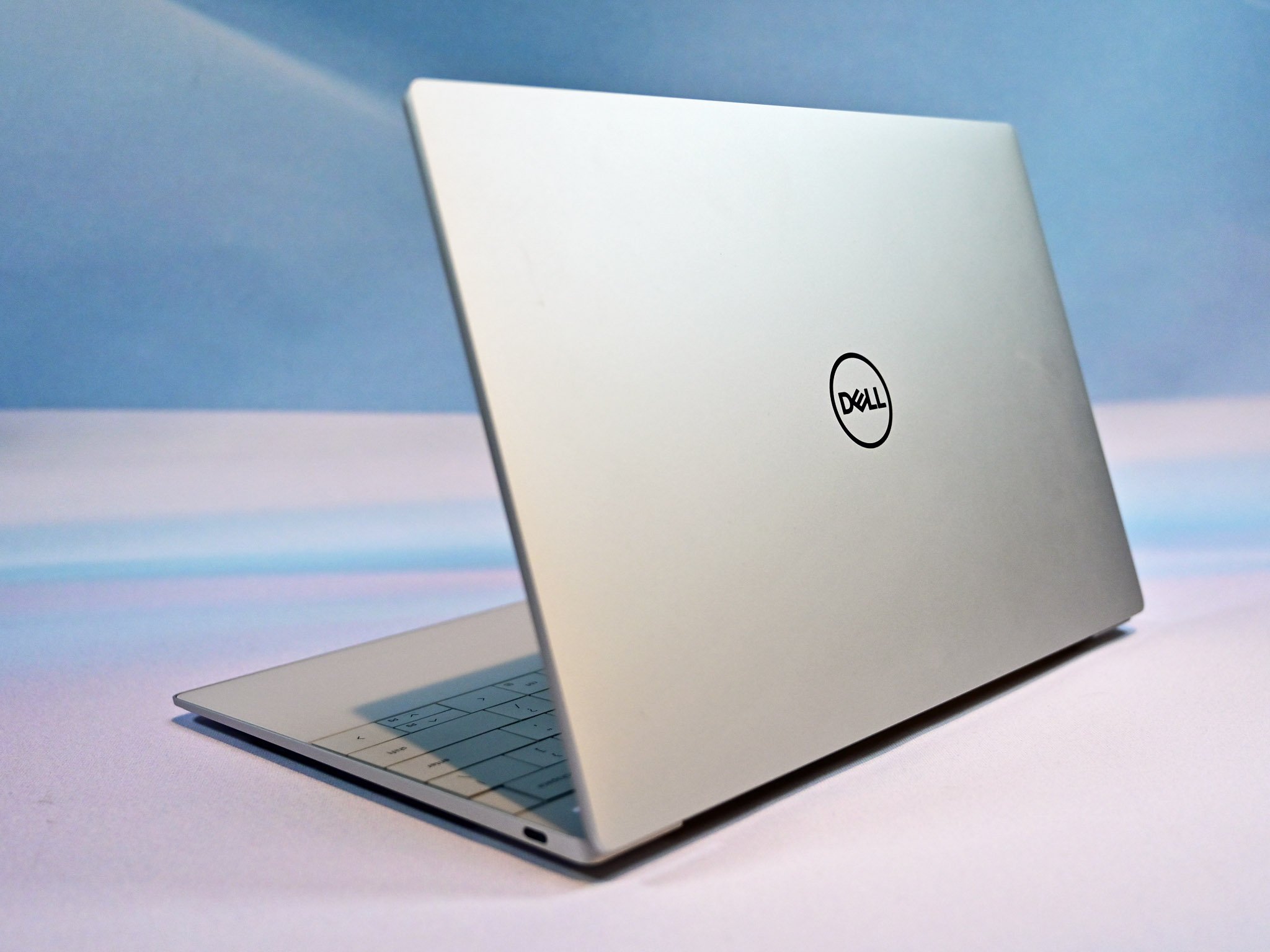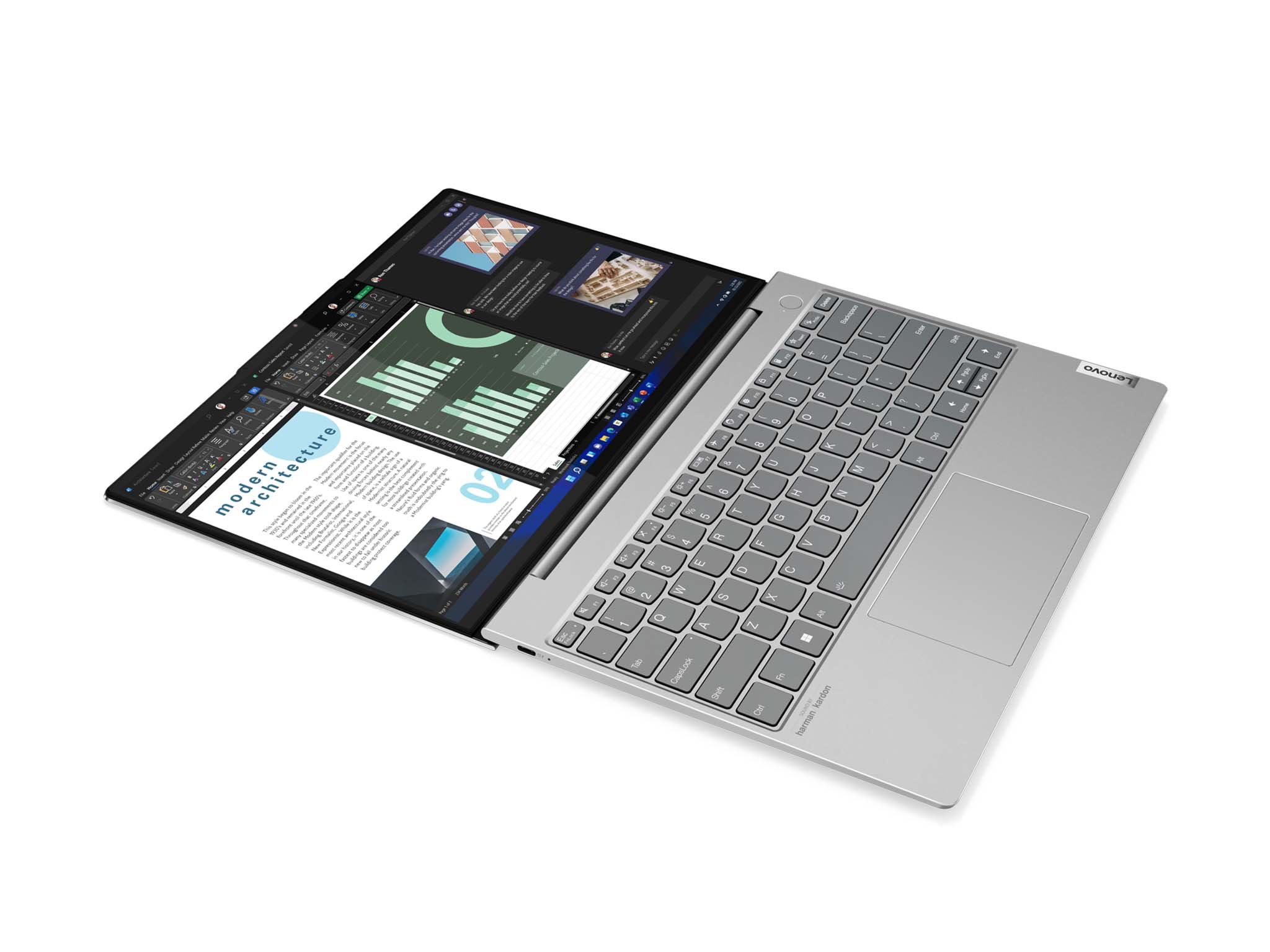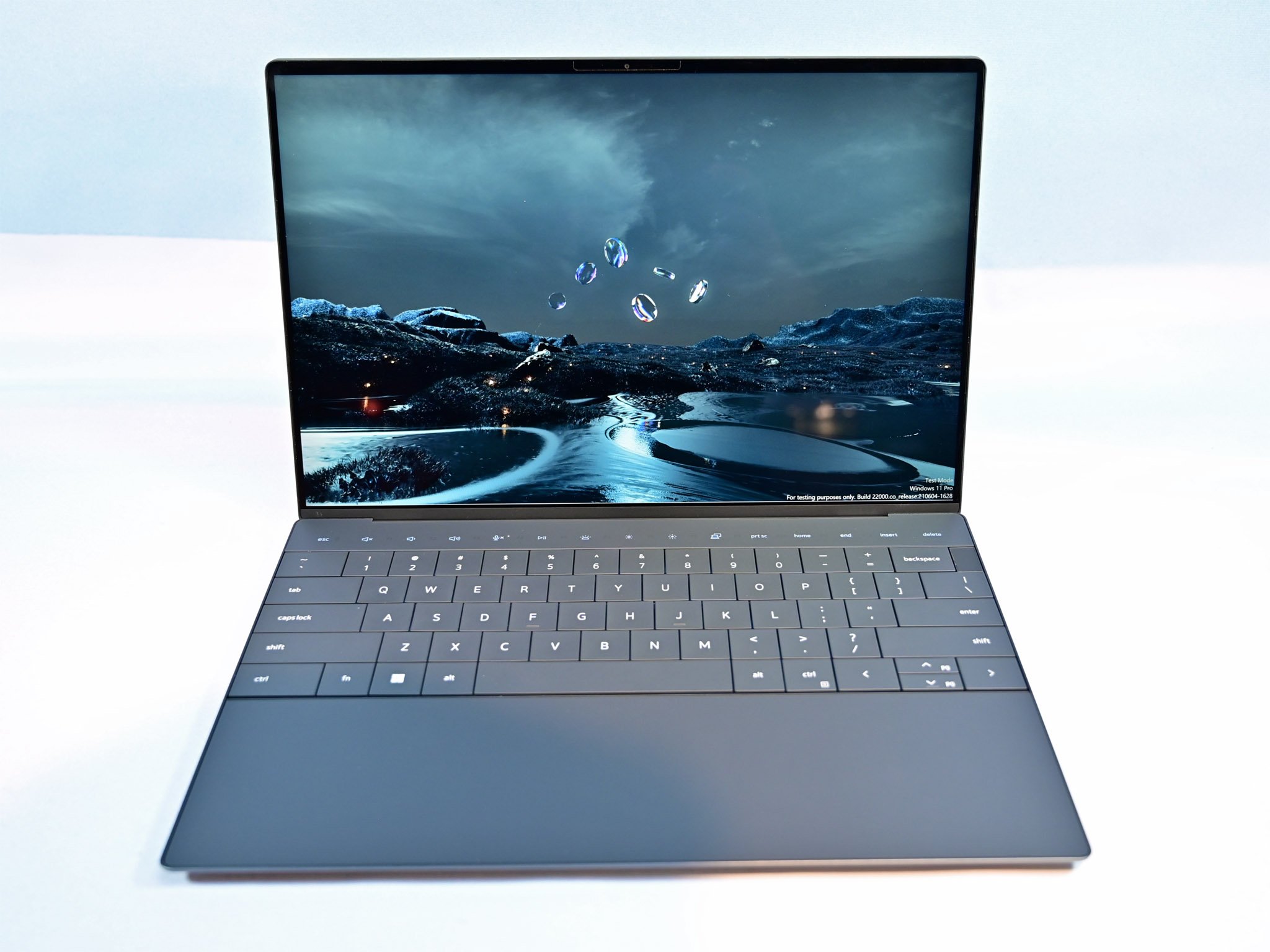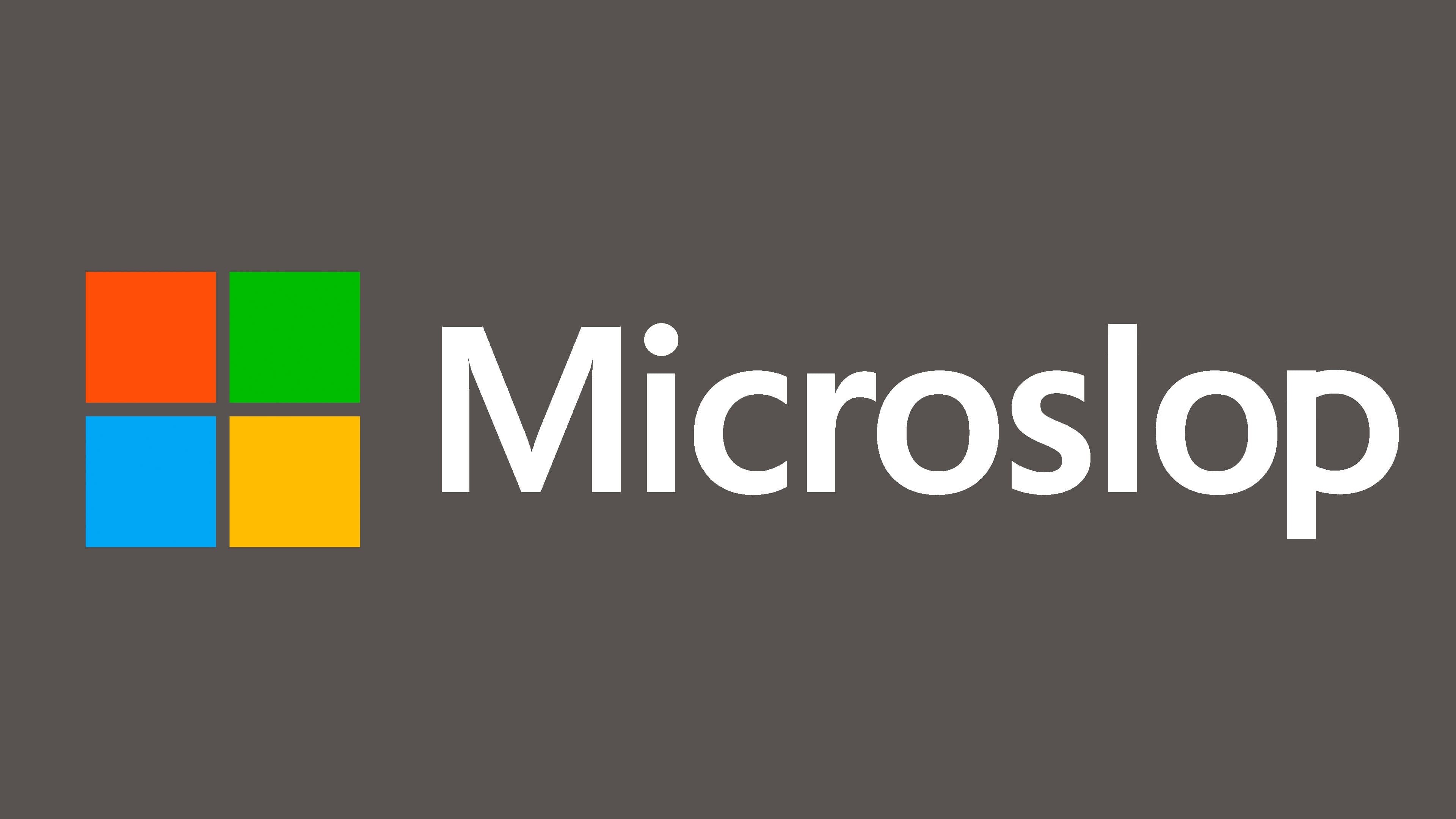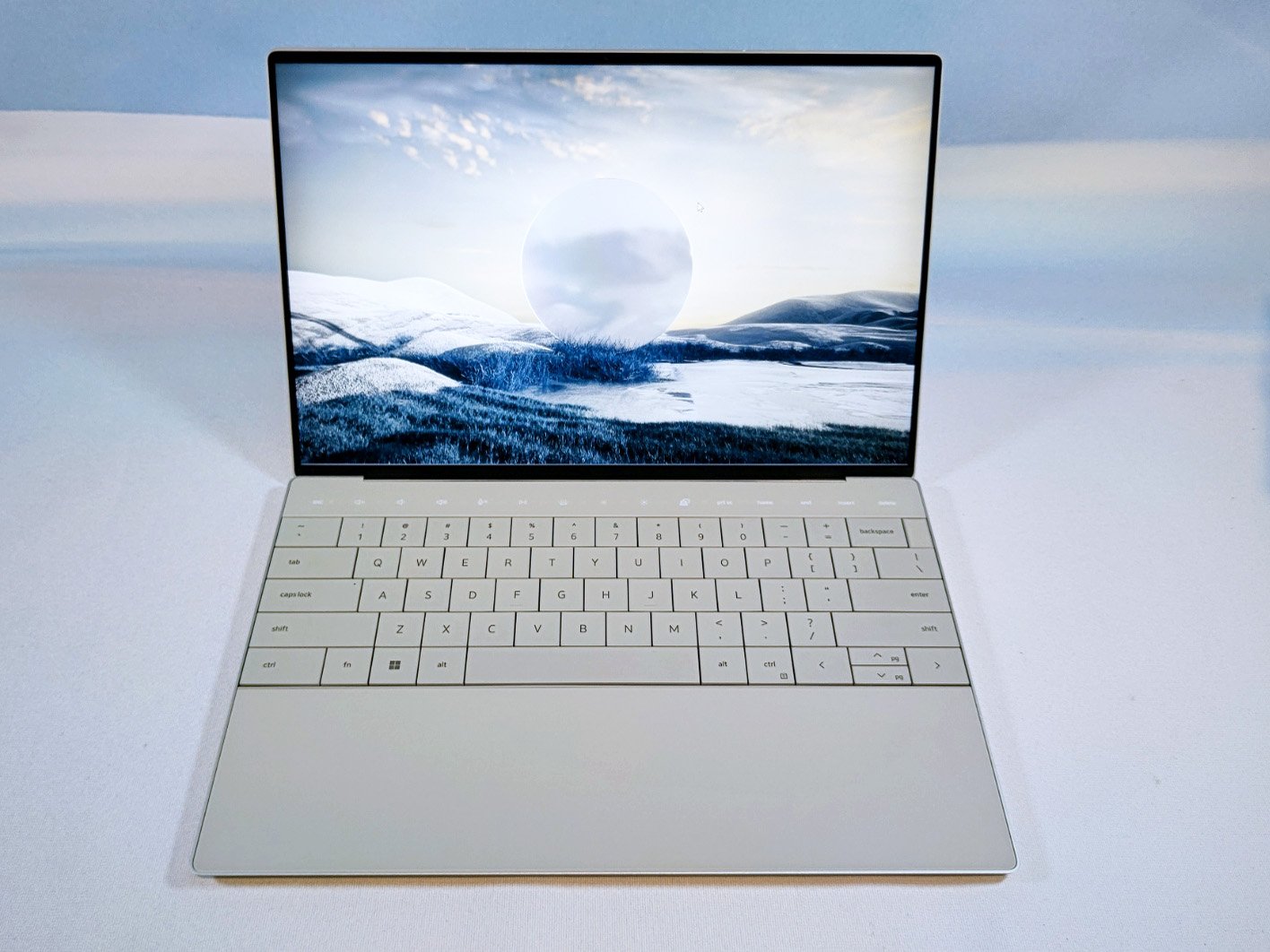

Redesigned Ultrabook
The XPS 13 Plus (9320) is a significant refresh to our favorite Ultrabook. It has a new haptic touchpad and edge-to-edge keyboard, improved HD camera with separate IR portion, new 12th Gen Intel Core P-Series CPUs, and a bunch of quality display options. It doesn't have as many security options as the ThinkBook, but that shouldn't be an issue for more casual users.
Pros
- Many quality display options
- 12th Gen Intel Core P-Series CPUs
- Quad speakers, 8W output
- Haptic touchpad, edge-to-edge keyboard
- Unbeatable look and design
Cons
- No 3.5mm audio
- Camera is HD
- Fewer security options
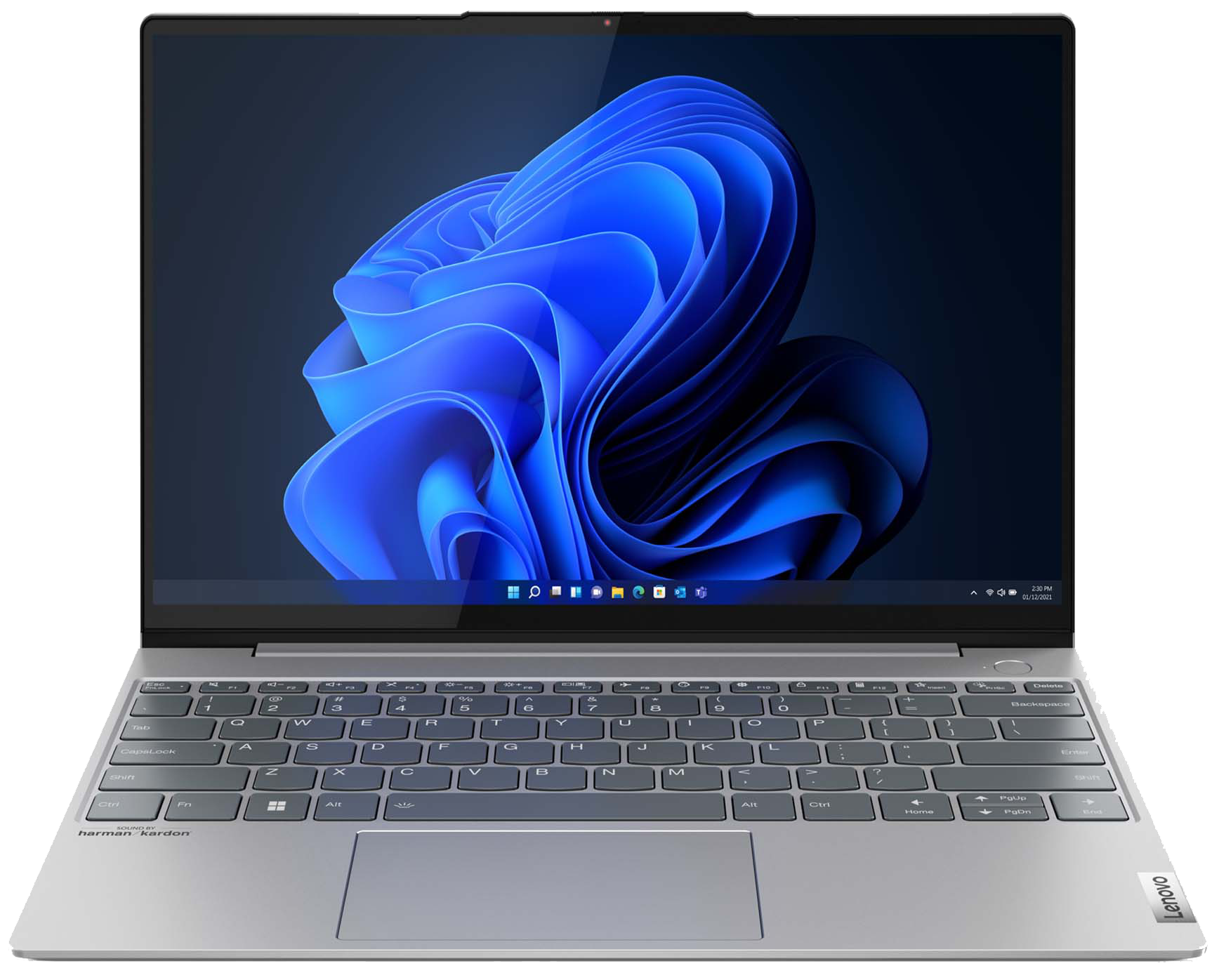
Business professional
The updated ThinkBook 13x (Gen 2) is a business laptop complete with plenty of security features, including camera shutter, human presence detection, IR camera, and more. It's powered by Intel's 12th Gen Core CPUs, it's Evo certified, and it has a high-res display with Dolby Vision. If you want a durable business partner, this should be the go-to choice.
Pros
- 13.3-inch QHD+ touch and non-touch displays
- Two Thunderbolt 4 ports
- IR camera and human presence detection
- 12th Gen Intel Core CPUs, Intel Evo
- MIL-STD 810H durability certification
Cons
- Still not available
- Only one display resolution
- Camera is not FHD
XPS 13 Plus vs. ThinkBook 13x (Gen 2) tech specs
The XPS 13 Plus (9320) and the ThinkBook 13x (Gen 2) were both announced at CES 2022. They were both expected to launch by Spring 2022, but only the XPS 13 Plus is officially available to purchase. The ThinkBook 13x is still listed as "Coming Soon" at the official Lenovo website.
The XPS 13 Plus is a premium, all-purpose Ultrabook with high-end configuration options, while the ThinkBook 13x (Gen 2) puts more of a focus on business features while still offering a premium build.
We don't yet have all the details when it comes to specifications, but the following is what we could source from official documentation.
| Header Cell - Column 0 | Dell XPS 13 Plus (9320) | Lenovo ThinkBook 13x (Gen 2) |
|---|---|---|
| OS | Windows 11 Home Windows 11 Pro | Up to Windows 11 Pro |
| Processor | 12th Gen Intel Core i5-1240P i7-1260P i7-1270P i7-1280P | 12th Gen Intel Core |
| RAM | 8GB, 16GB, 32GB LPDDR5 dual-channel | Up to 32GB LPDDR5 |
| Graphics | Intel Iris Xe | Intel Iris Xe |
| Storage | 256GB PCIe 3.0 SSD 512GB, 1TB, 2TB PCIe 4.0 SSD | Up to 2TB PCIe 4.0 SSD |
| Display | 13.4 inches 16:10 aspect ratio Dolby Vision 1920x1200 (FHD+) 500 nits, 100% sRGB, anti-glare 1920x1200 (FHD+) Touch, 100% sRGB, 500 nits, anti-reflective 3456x2160 (3.5K) OLED, touch, HDR 500, 400 nits, 100% DCI-P3, anti-reflective 3840x2400 (UHD+) Touch, HDR 400, 500 nits, 90% DCI-P3, anti-reflective | 13.3 inches 16:10 aspect ratio Dolby Vision 2560x1600 (QHD+) 400 nits, touch, anti-glare |
| Ports | Two Thunderbolt 4 | Two Thunderbolt 4 3.5mm audio |
| Audio | Quad speakers (8W total) | Dual 2W speakers Dolby Atmos |
| Connectivity | Intel Killer Wi-Fi 6E 1675 Bluetooth 5.2 | Wi-Fi 6E Bluetooth 5.0 |
| Camera | 720p (HD) IR camera Ambient light sensor | 720p (HD) IR camera Human presence detection Ambient light sensor Shutter |
| Keyboard | 1.0mm travel Backlit | Backlit |
| Touchpad | Haptic Forcepad | Precision |
| Security | IR camera Fingerprint reader dTPM 2.0 | IR camera Fingerprint reader dTPM 2.0 Camera shutter Glance by Mirametrix |
| Battery | 55Wh | 56Wh |
| Dimensions | 11.63 x 7.84 x 0.60 inches (295.3mm x 199mm x 15.28mm) | 11.73 x 8.22 x 0.50 inches (298mm x 209mm x 12.9mm) |
| Weight | From 2.73 pounds (1.24kg) | From 2.67 pounds (1.21kg) |
| Color | Graphite Platinum | Storm Grey Cloud Grey |
Design and features
These two laptops are within the 13-inch range, and both primarily use aluminum for a premium feel. The XPS 13 Plus weighs just a bit more at 2.73 pounds (1.24kg) compared to 2.67 pounds (1.21kg), and it's slighter thicker at 0.60 inches (15.28mm) compared to 0.50 inches (12.9mm). Both laptops are available in two different color schemes. The ThinkBook 13x (Gen 2) looks a whole lot like the current XPS 13 (9310), while the new XPS 13 Plus has changed up the design.
Dell's Ultrabook now has a full pane of glass below the keyboard, covering the palmrests and touchpad. The touchpad now uses haptics for feedback, meaning it won't physically move but will still feel like it's moving. The keyboard stretches from edge to edge (even more than before), with larger keycaps and 1.0mm travel. Above the keyboard, instead of the usual row of F keys, there are capacitive touch buttons that can swap between function and media keys.
The ThinkBook 13x (Gen 2) has a more traditional keyboard and touchpad, and that's not necessarily a bad thing. The backlit keys are comfortable for typing, and the Precision touchpad is sized appropriately for a modern laptop this size. Not everyone is going to love the haptic touchpad and touch bar on the XPS 13, and Lenovo isn't messing with a good thing on its ThinkBooks.
Underneath the XPS 13's keyboard are dual 2W tweeters. They're joined by two down-firing 2W woofers, together delivering an impressive sound system. The ThinkBook 13x has a more traditional setup with dual 2W down-firing speakers with Dolby Atmos support. As for cameras, both laptops are still using an HD resolution (yawn). The XPS 13 Plus has separated the IR portion, giving some extra pixels for image quality. An ambient light sensor helps with automatic screen brightness.
All the latest news, reviews, and guides for Windows and Xbox diehards.
The ThinkBook 13x steps things up with a webcam shutter, IR camera, Time-of-Flight sensor, and human presence detection through Glance by Mirametrix. Both laptops also have a fingerprint reader. If you're concerned about privacy and data safety, the ThinkBook's extra features will offer more peace of mind.
Port selection is similarly lean across both laptops. These are both thin and light devices, so there's not a ton of room for older connections. The XPS 13 Plus and ThinkBook 13x have two Thunderbolt 4 ports, while Lenovo's laptop adds a 3.5mm audio jack. Both devices sport Wi-Fi 6 wireless connectivity; the XPS 13 Plus has Bluetooth 5.2 while the ThinkBook has Bluetooth 5.0.
Display
Dell's XPS lineup is never shy about offering multiple display options, and the XPS 13 Plus is no different. There are four displays from which to choose, all with a 16:10 aspect ratio and Dolby Vision support. The baseline non-touch display has an FHD+ resolution, with 500 nits brightness, 100% sRGB color, and an anti-glare finish. Next is a touch version of the FHD+ display, with 100% sRGB color, 500 nits brightness, and anti-reflective finish.
Getting into the high-res screens, Dell starts with a 3.5K OLED touch option with DisplayHDR 500, 100% DCI-P3 color, anti-reflective finish, and 400 nits brightness. Finally, the highest-res option is a UHD+ touch display with DisplayHDR 400, 90% DCI-P3 color, and anti-reflective finish.
The ThinkBook 13x (Gen 2) has just one display available in touch and non-touch flavors. They have the same tall 16:10 aspect ratio and Dolby Vision support as the XPS 13's displays, but they have a QHD+ resolution with 400 nits brightness, anti-glare finish, and low blue light. Both laptops have a thin bezel all the way around for a modern appearance.
Performance and price
The XPS 13 is getting Intel's new 12th Gen P-Series mobile CPUs, which are specifically designed for thin and light devices. Lenovo hasn't listed exactly which 12th Gen Intel chips it's putting into the ThinkBook 13x (Gen 2), but I suspect it will likely be the same P series.
Both laptops will have up to 32GB of LPDDR5 RAM, as well as up to 2TB of speedy PCIe 4.0 SSD storage. The XPS 13 Plus and the ThinkBook 13x (Gen 2) will have Intel Evo certification, ensuring that they live up to certain performance and responsiveness requirements. These laptops shouldn't have any problems handling productivity work and even some more specialized tasks like photo editing. Neither one has a discrete GPU, relying on integrated Intel Iris Xe graphics instead.
XPS 13 Plus laptops are currently available starting at about $1,273. It's already a strong contender in our collection of the best Windows laptops, as have been its predecessors. The ThinkBook 13x (Gen 2) should start at a slightly lower $1,099; we're still awaiting its full release.

Cale Hunt brings to Windows Central more than nine years of experience writing about laptops, PCs, accessories, games, and beyond. If it runs Windows or in some way complements the hardware, there’s a good chance he knows about it, has written about it, or is already busy testing it.
